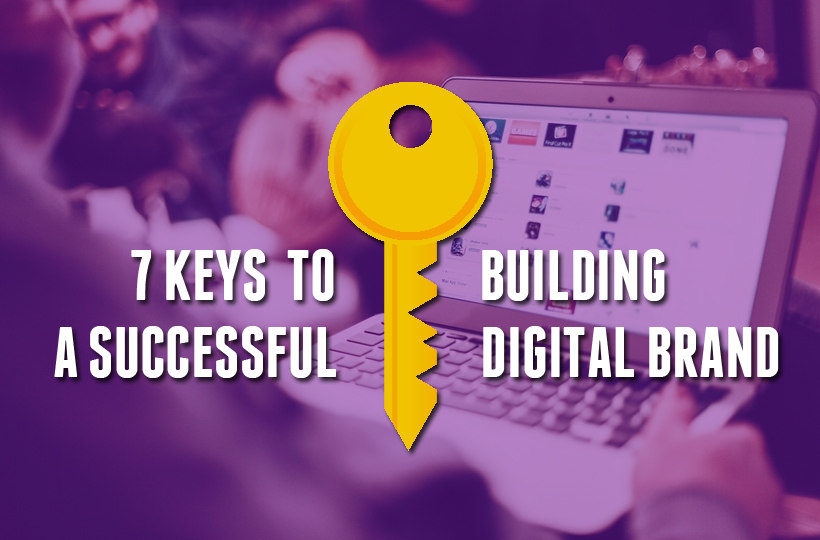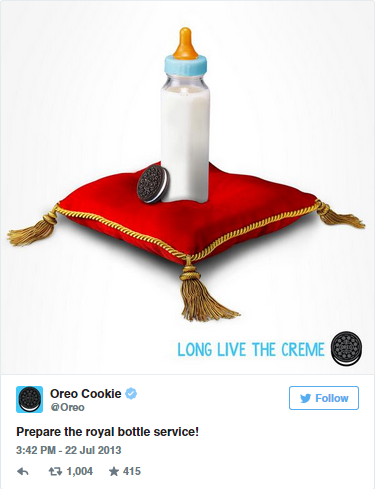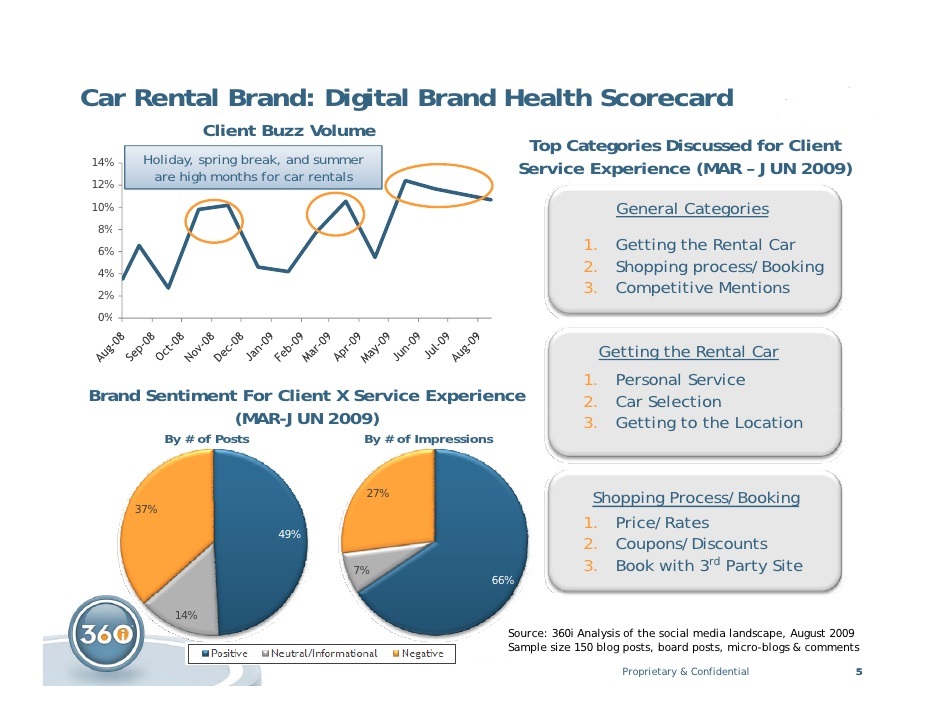Digital has fundamentally changed the way brands behave, as well as, the way they optimize and organize their marketing efforts. To successfully connect with people in the digital age, brands must adopt new habits and, in some cases, behave more like people themselves. While the personalities of individual brands vary, there are commonalities that can be identified as critical to success in the digital marketing landscape. Connecting with people in a digital age may not be easy, but it’s not impossible either. In fact, we’ve put you one step closer to achieving digital branding success by breaking it down into 7 components. The 7 keys to building a successful digital brand are as follows:
1) Be Discoverable
Your customers are online. They shop online, play online, and socialize online. They’re looking for you online, but can they find you? Making sure your brand can be discovered is the first step to building a successful digital brand. Brands need to meet people where they are on the internet.
The discovery process starts with SEO and PPC. You’ll want to make sure your website is optimized for search engines so that when users search for your brand you come up in the search results. Additionally, you’ll want to conduct pay-per-click advertising campaigns to serve ads to those who may be interested in your products or services. If you’re new to SEO or PPC you’re in luck because it just so happens we’ve written extensively about each topic in previous blog posts. Make sure to scroll through the rest of our blog to learn more about utilizing SEO and PPC for your business. However, search isn’t the only place for brands to be found. Brands should also meet users on social media platforms like Facebook, Twitter, and Instagram, as well as, local directories like Yelp and FourSquare. There are two important additional steps beyond everything we just discussed that can lead to becoming a highly discoverable brand.
1) Determine the Relevant Emerging Platforms To Be On
Platforms change and new ones are arising all of the time. Successful digital brands track innovations across the digital landscape and evaluate new opportunities for growth. A test and learn approach can humanize a brand’s method of discovery.
2) Leverage Influencers
With a return on investment of 6.5:1 influencer marketing is a marketer’s best friend. Influencer marketing is the art of leveraging a celebrity’s audience to endorse your brand. What’s great is that you no longer have to work a deal with a big shot Hollywood celebrity to sell your products/services. You can create partnerships with rising YouTube stars or bloggers and promote your business through them for much less money. Influencer marketing is a powerful way to get your brand discovered and produce sales.
2) Be A Skilled Conversationalist
Being a skilled conversationalist means that your company should approach the digital world with the view that it’s more than just a broadcast medium. Unlike, television, radio, and print, digital channels allow users to interact with brands on a much deeper level. Powerful digital brands don’t just know how to talk, they know how to converse and there is a difference. Smart brands build relationships with each message, comment, and social media post they publish. Smart brands both talk and listen. Listening to what your audience is saying about your brand and products can be used as powerful feedback to improve your brand strategy and product development. Overall, there are two big components to becoming a great conversationalist.
1) Plan For The Unexpected
As you build your social media presence, your first instinct will more than likely be to schedule all of your content days in advance to maximize your productivity. This certainly isn’t a bad thing, but make sure to leave room in your content calendar for organic conversational posts. Instead of guessing what users would like, engage them. Make them tell you what they want and deliver it to them in a timely manner. Conduct social listening and use conversations currently taking place within your social community to craft upcoming content. You might already have great content planned, but if your fans are already engaging around one particular topic you’ll be more successful joining the existing conversation than you will be trying to create a new one.
2) Invest Time In Developing A Brand Voice
Yet another key ingredient to becoming a skilled conversationalist is to craft a well-defined social tone of voice that is both true to the brand and reflective of the audience base. Establishing a voice allows brands to be quick in social spaces and set boundaries as to what can or should be said in organic conversations with customers. One such example of a brand with a powerful tone would be Groupon. Groupon has a great social media presence and has recently become well known for their spectacular viral campaign to promote a product known as the Banana Bunker, sold by Cultured Containers.
It all started when Groupon posted a photo on their Facebook Timeline notifying their fans that the Banana Bunker was now offered through Groupon. The post itself was innocuous, and tame. However, because the Banana Bunker was obviously prone to innuendo it quickly went viral. The post ended up earning over 20,000 likes and 45,000 shares.
What’s worth studying in this case is not the post itself, but the conversation Groupon created. Users immediately took their comments to an inappropriate place, but Groupon utilized their humorous, yet professional tone to respond to users in an appropriate, but funny way.
User: “What if my girlfriend doesn’t like the Banana Bunker? What Should I do?”
Groupon: “Two words: New Girlfriend.”
User: “What if my banana is too big?”
Groupon: “Let’s not exaggerate, Holly.”
User: “You know what that looks like, don’t you?”
Groupon: “Like a sound investment, Ken!”
User: “Is it okay to caress my Banana Bunker?”
Groupon: “Human contact is always a great way to show someone or something how much you care! hold it dear, and let it know that you’re proud of its snack fruit protection.”
and on it went…
Take a look at a screen shot of the Groupon comments surrounding the Banana Bunker. Notice how Groupon not only joined the conversation, they fueled it by responding to every single comment. Users were driven to comment to find out how Groupon would respond.
As you can see, Groupon does a fantastic job of interacting with their fan base all while maintaining a unified voice and tone. Tie a unified tone together with social listening and scheduling flexibility and you’ve just become a stellar social media conversationalist.
3) Be A Content Creator
Content is king. You’ve undoubtedly heard this repeated so many times you’re sick of hearing it. Unfortunately, you’ll probably continue to hear it, because fresh quality content produces results, but we won’t lecture you anymore on that matter. Want to learn how to produce quality content people will engage with? Take a look at our blog post on the anatomy of the perfect social media post where we outline what users engage with and what causes content to go viral.
4) Be Relevant
Relevancy requires an astute grasp of what’s going on outside the walls of a brand. Brands with the ability to incorporate cultural trends into their marketing harness the power to relate to their audience and promote valuable engagement. In our blog post on the anatomy of the perfect social media post we talked about newsjacking.
Newsjacking is the art of taking trending news and combining it with a relevant marketing message and it’s one of the many methods brands can use to remain relevant. There are three important ingredients to becoming a relevant digital brand.
1) Keep a Finger On The Digital and Cultural Pulse
Successful marketers are obsessed with consumer behavior and the ways in which the digital world is shaping every day culture. Study how other brands are maintaining relevancy and using social listening to quickly identify emerging patterns, behaviors, and opportunities.
2) Find a Point of Commonality
Instead of blindly jumping in to become involved with the latest trend or meme, first consider how your brand can provide further value. Find the point at which your brand intersects with the current conversation. You can add value with additional information or entertainment and put your own brand stamp on the dialogue.
3) Get in at the Right Time
When it comes to relevancy, timing is everything. If you’re too late to the conversation you risk looking dated and slow. Conversely, you’ll want to enter a trend early and get out while your audience is still smiling. Don’t ride the wave too long.
5) Be Authentic
Attention can be an extremely hard thing to grab these days. Brands are not only competing for an audience against other brands, they’re also competing against consumers as well. The quality of consumer content is improving everyday with platforms like Instagram, Cinemagram, iMovie, and GarageBand helping to narrow the margin between professional and amateur content. As people become more like brands in the way they create content and influence brand perception, brands must become more like people in a quest for authenticity.
A truly authentic brand connects with consumers on an emotional level, engaging customers in their brand story and ideals. Ultimately, authenticity can’t be faked. Authenticity is a wholeness of purpose and action, which means taking a stand for something beyond selling and then taking actions to prove it. If the brand and the people behind it don’t truly believe in a brand’s ideals consumers will know it and they’ll change their buying habits accordingly. There are two steps to becoming an authentic digital brand.
1) Do Some Soul Searching
When it comes to the type of content you create for the digital world, look deeper than products, promotions, or information. Reflect on the core values your brand was built upon and develop content that promotes those values. Patagonia is a company that prides itself in being one of the top 7 greenest corporations in the US. Patagonia takes their mission of being a green brand and works that mission into every aspect of their business. Rather than encouraging you to buy new Patagonia jackets every time your old jacket breaks Patagonia urges you to repair it instead. Patagonia opened a repair department that repairs around 30,000 articles of clothing per year and keeps Patagonia gear in use. To celebrate their repair department Patagonia created a repair wagon and sent tecnicians across the country to repair peoples tired, beloved articles of clothing. You can watch a video about the repair wagon below.
2) Think BIG
Human beings take risks and brands should too. Ambitious endeavors have become common place in social media and brands are stretching the bounds of marketing. Red Bull sells consumers a belief in the extreme. Rather than pushing its energy drink Red Bull creates content that inspires its audience with the essence of the brand. In doing so, Red Bull creates authentic connections with their customers. Customers identify with the brand’s image and share the brand’s passion. When brand and customer values align customers become loyal fans and products become symbols for a lifestyle.
6) Be Data-Driven
One of the greatest things about the digital age is that almost every action is trackable. Knowledge is power and there is certainly a lot of it. More data is created each day than was created during the entire span of human history up to the year 2000. Consumer insights that were once difficult to garner can now be collected with a few swipes or clicks. The challenge for brands is not so much being able to access or collect this data, but rather being able to leverage it. Brands would be utterly foolish to neglect the large amount of data at their disposal. After all, data is such a critical component to long term marketing success. Companies need data to evaluate/validate their marketing strategies. So how do you become a data-driven digital brand? There are three steps.
1) Develop A Tailored Social Listening Program
The internet is the worlds largest focus group. People are constantly sharing their opinions publicly. The challenge becomes mining those opinions to find succinct, actionable insights. Marrying quantitative data with human analysis is the answer. Brands should use tools like Google Alerts or Social Mention to collect customer sentiment data and view public opinions. No matter what the approach may be, social listening is a vital part of any brand’s digital health. We talk more about social listening in our blog post on the 5 steps to developing a positive brand image.
2) Adopt A Test and Learn Approach
Technology is constantly evolving which in turn requires brands to evolve as well. New platforms arise all the time empower brands with more opportunities to get to know their audiences. Whether it’s conducting online ethnographies with GutCheck, testing a new polling method from Peanut Labs, or turning street interviews into brand topic videos with Snippies, marketers will want to become acquainted with the vast amount of platforms out there. It’s best to set aside part of your marketing budget for testing new methodologies that will keep your research plans fresh and your brand ahead of the pack.
3) Develop A Digital Health Scorecard
Successful digital brands establish a framework for evaluating data and tracking key metrics over time. The best way to implement this framework for your brand is to develop a digital health scorecard. Incorporate all of the important key performance indicators for your brand into your card and use them to measure your success. Illustrated below is an example of what a digital health scorecard looks like.
7) Be Consistent
Everything we previously talked about in keys 1-6 should be done on a consistent basis. By consistently working to be discoverable, engage in conversation, promote authentic messaging, create killer content, remain relevant, and analyze data you are keeping your brand top of mind with your audience and eliciting action. In being always-on marketers can tap into how people live every day and respond to their audiences’ wants, needs, and values, in a way that is true to their brand’s story and objectives. Remember when we talked about being authentic and staying true to brand values and ideals? The key to being consistent is to constantly be active while using your established values and voice to improvise off of, push off against, and focus on.
In Conclusion
We’ve just provided you with the 7 keys to digital branding success. Reflect on them and take time to figure out how to apply them to your brand. How many of these keys are you already succeeding on? What keys do you need to work on developing more? Leave a comment below. Need some help developing your digital brand? Tipping Point is here for you. We are a team of digital strategists, creatives, and brand advocates. Our team will work tirelessly to develop innovative and dynamic communications and marketing strategies that will skyrocket your digital brand. Contact us to learn more about what Tipping Point can do for you.








